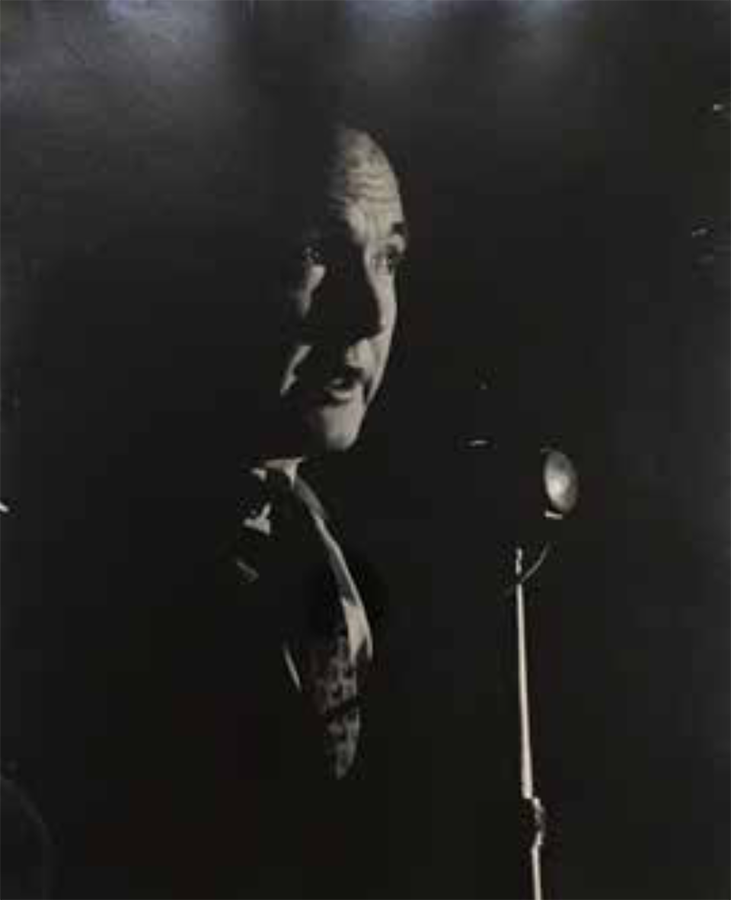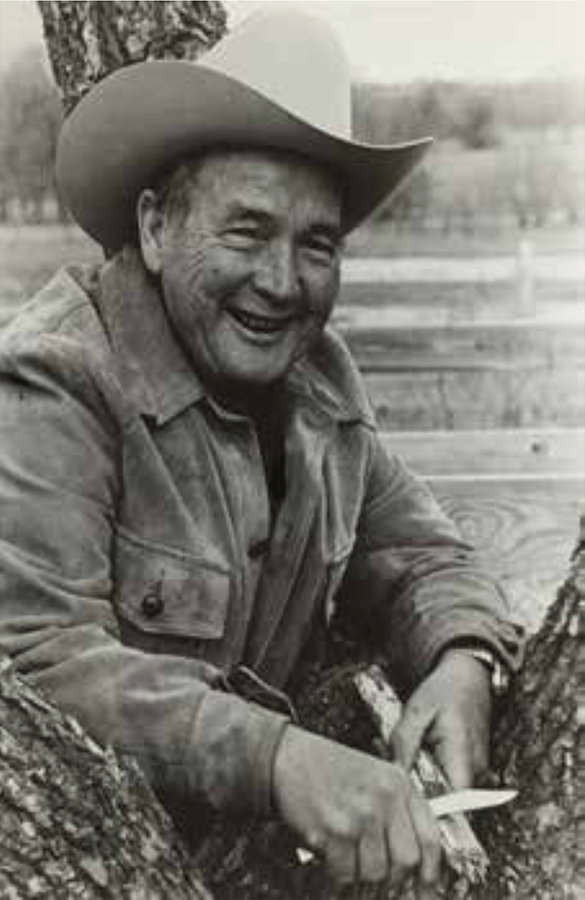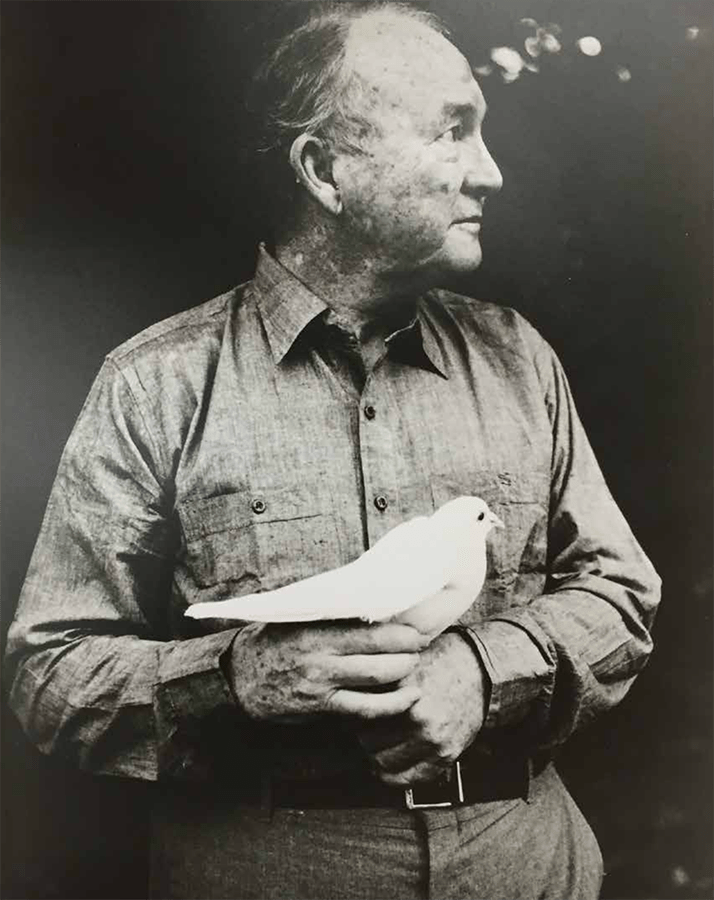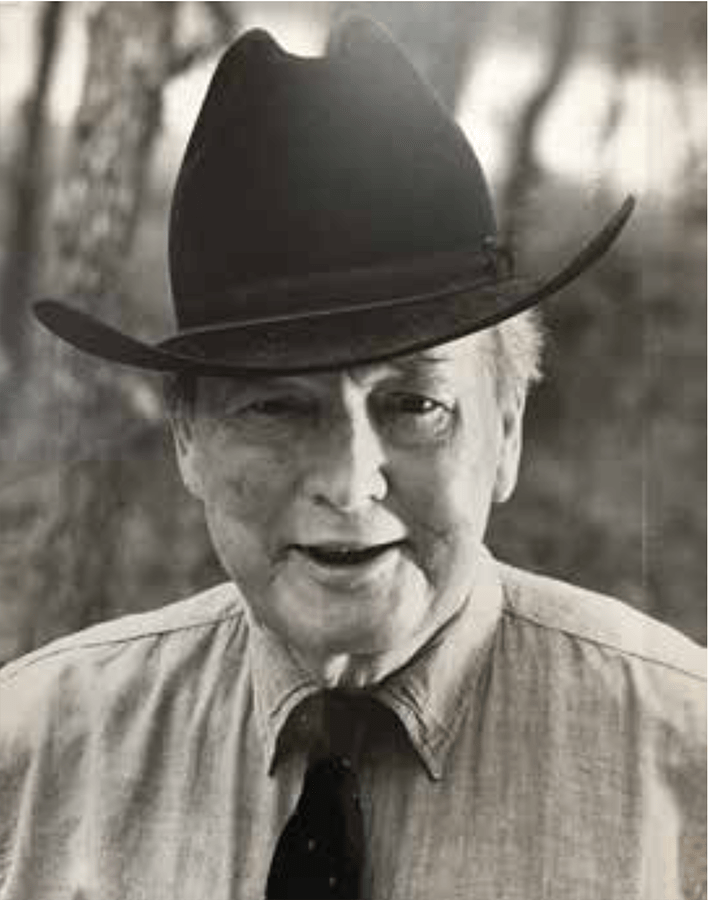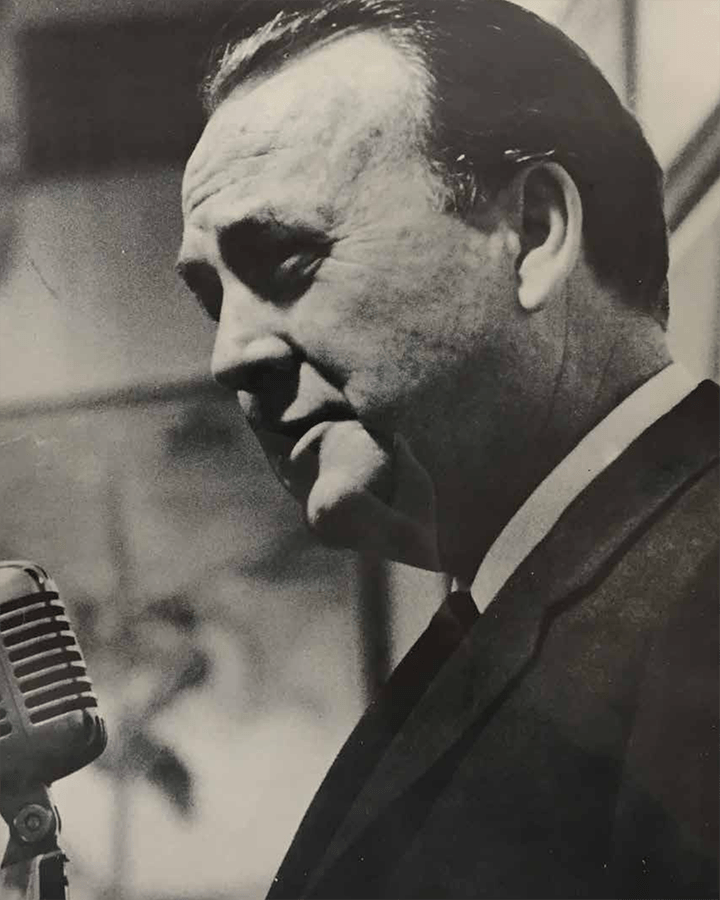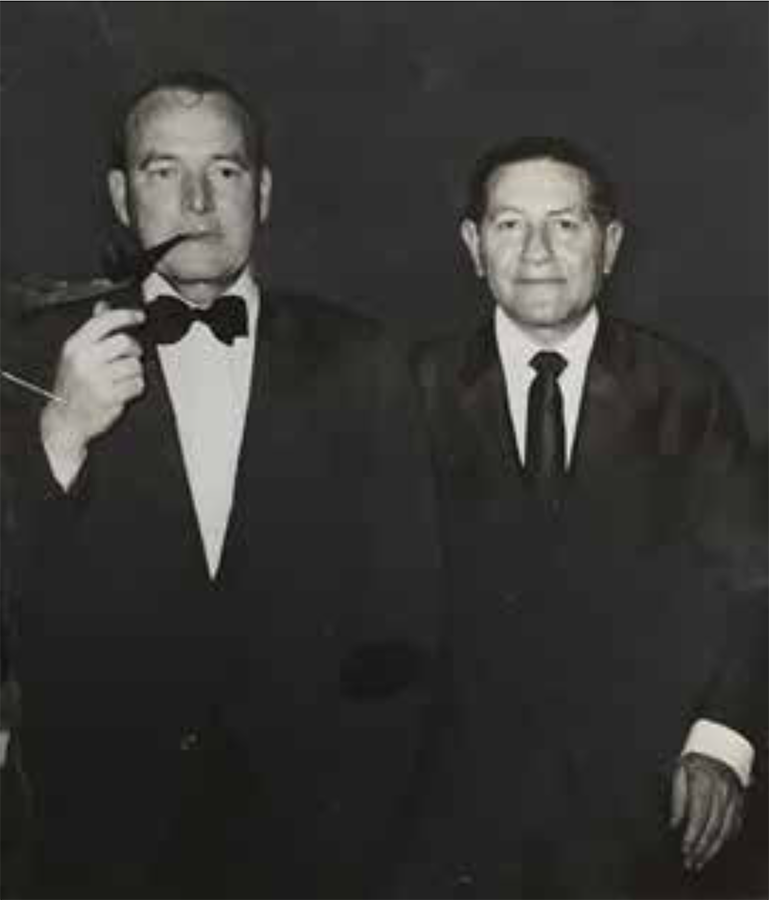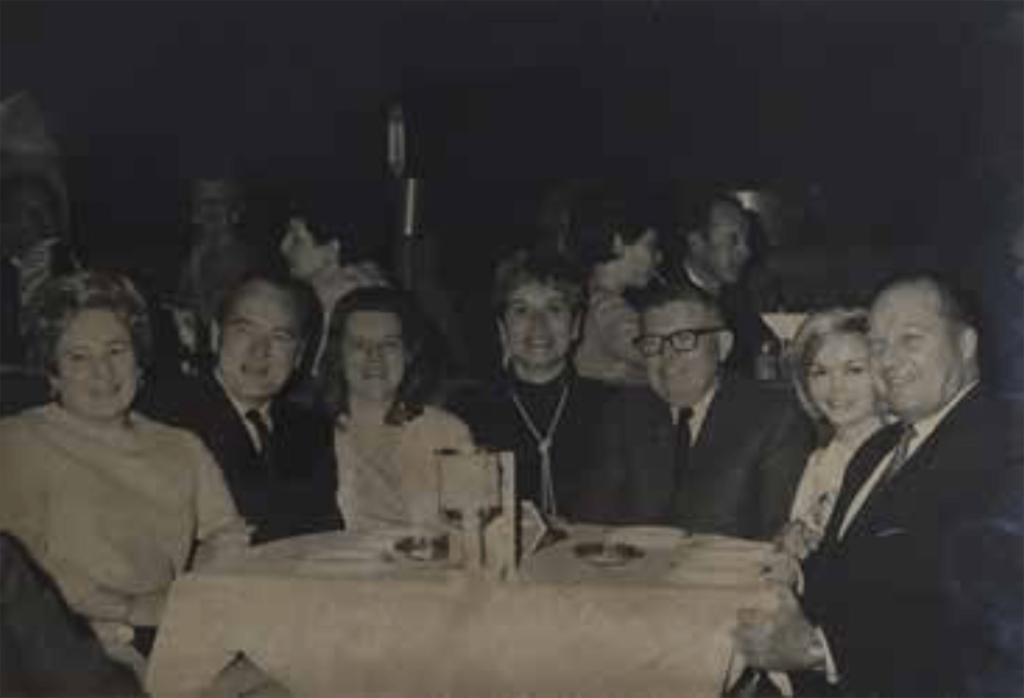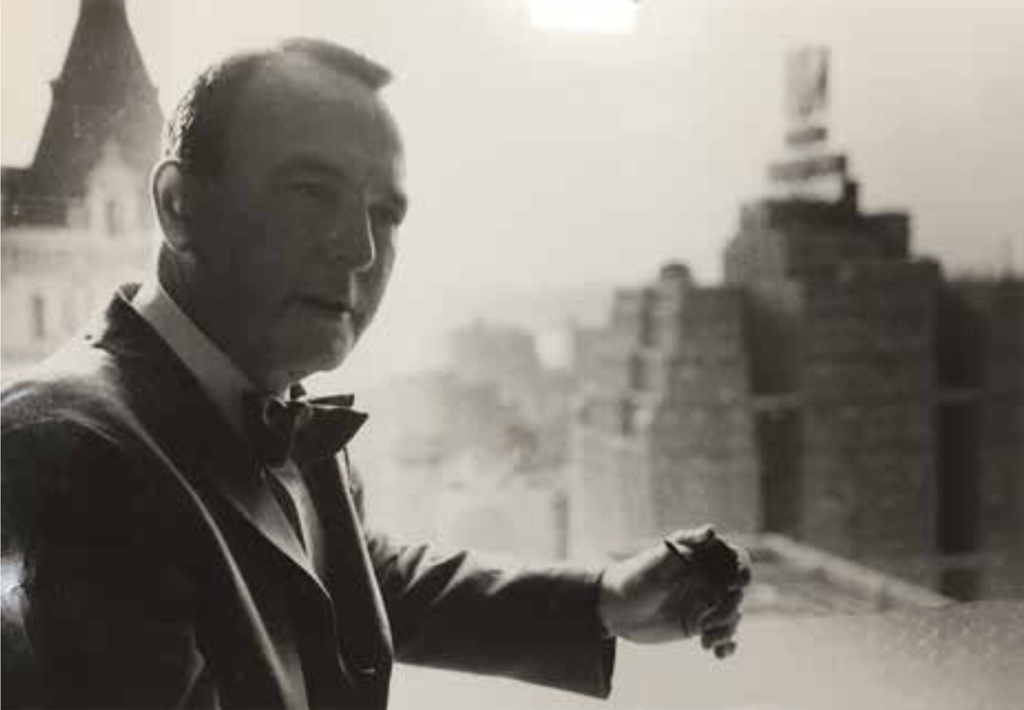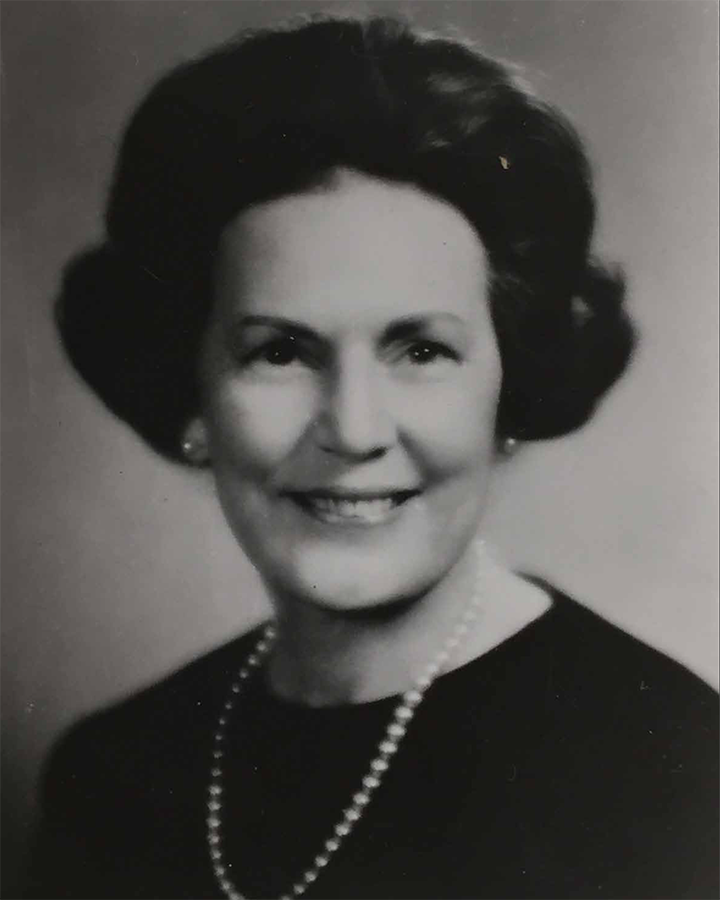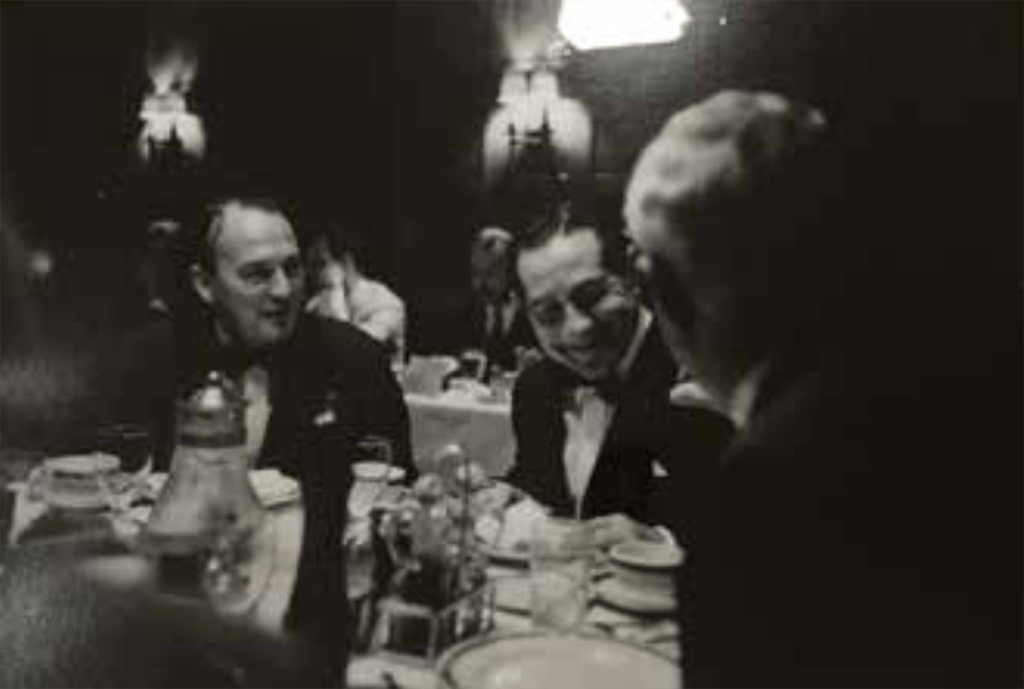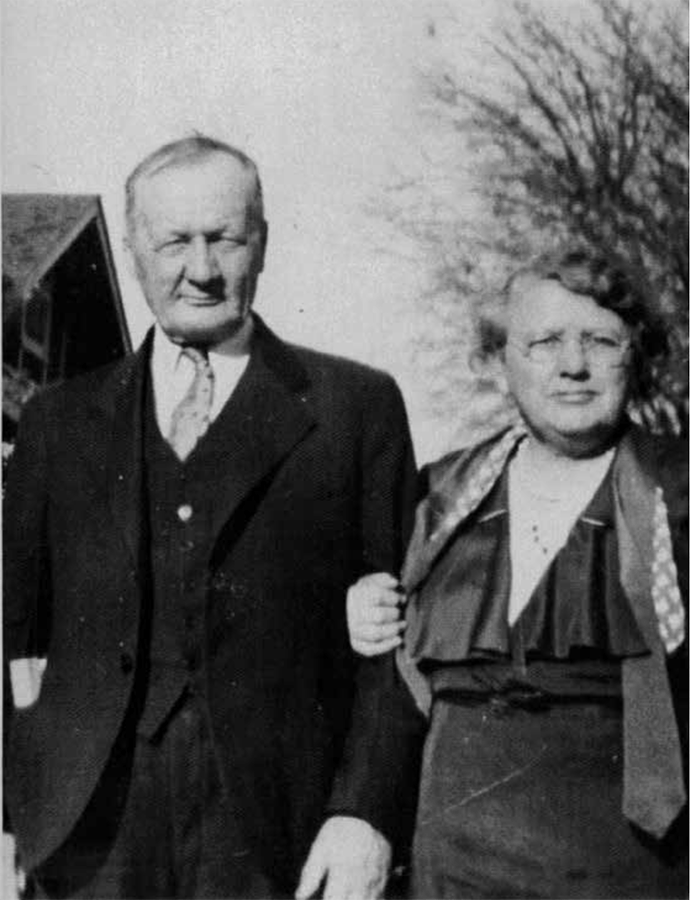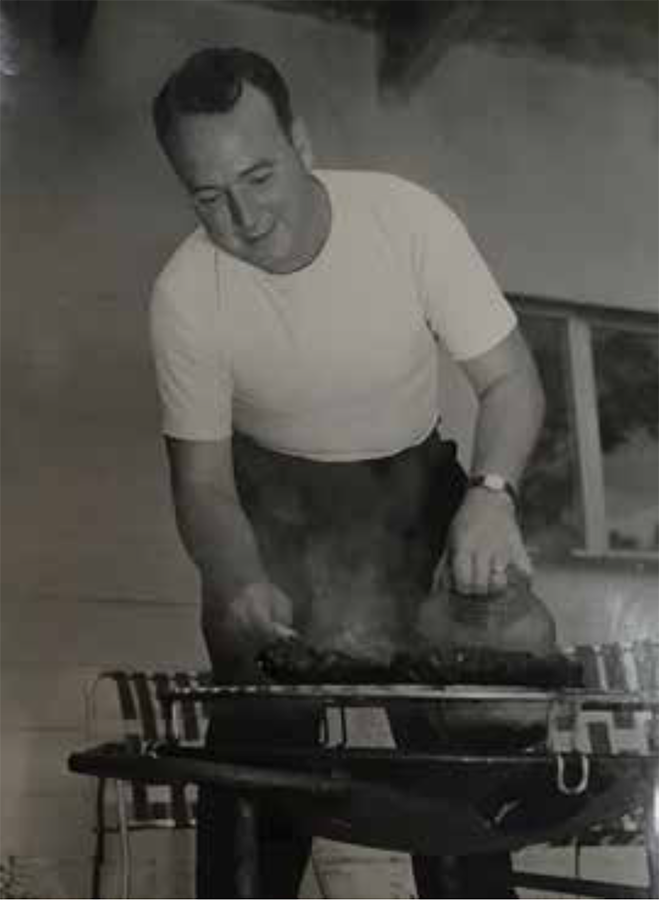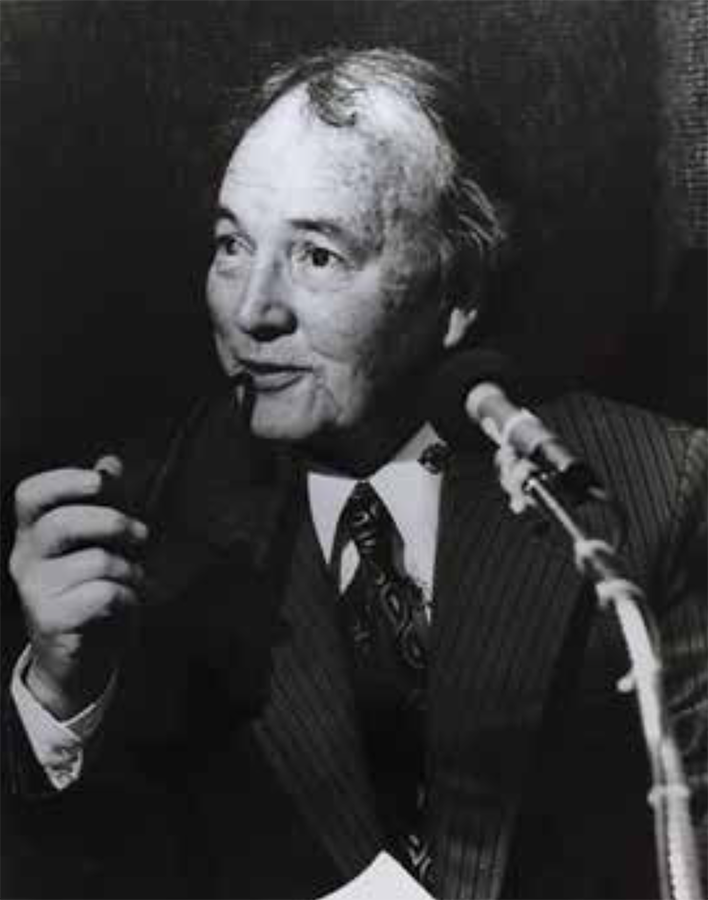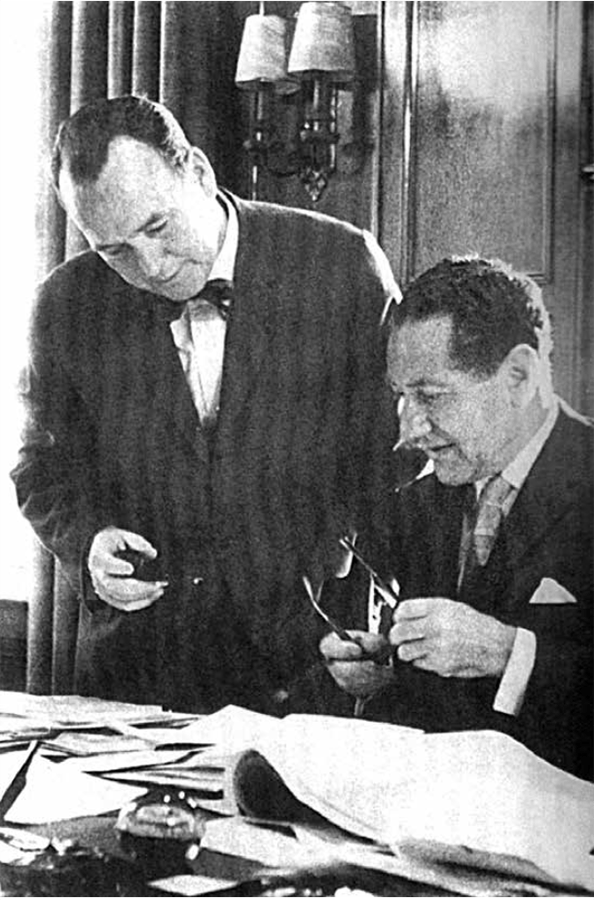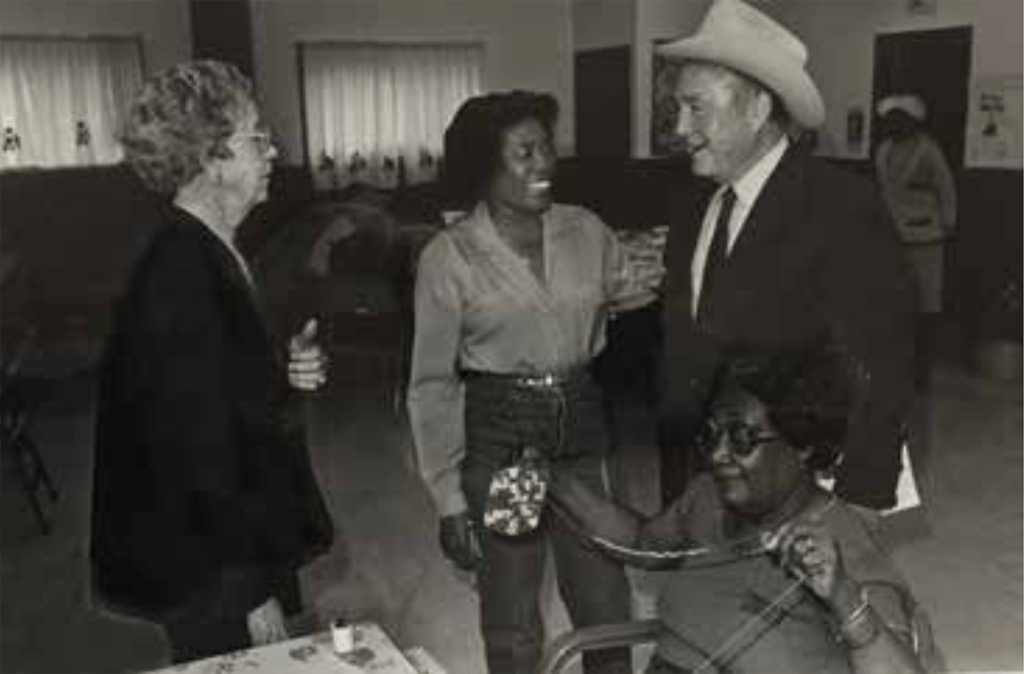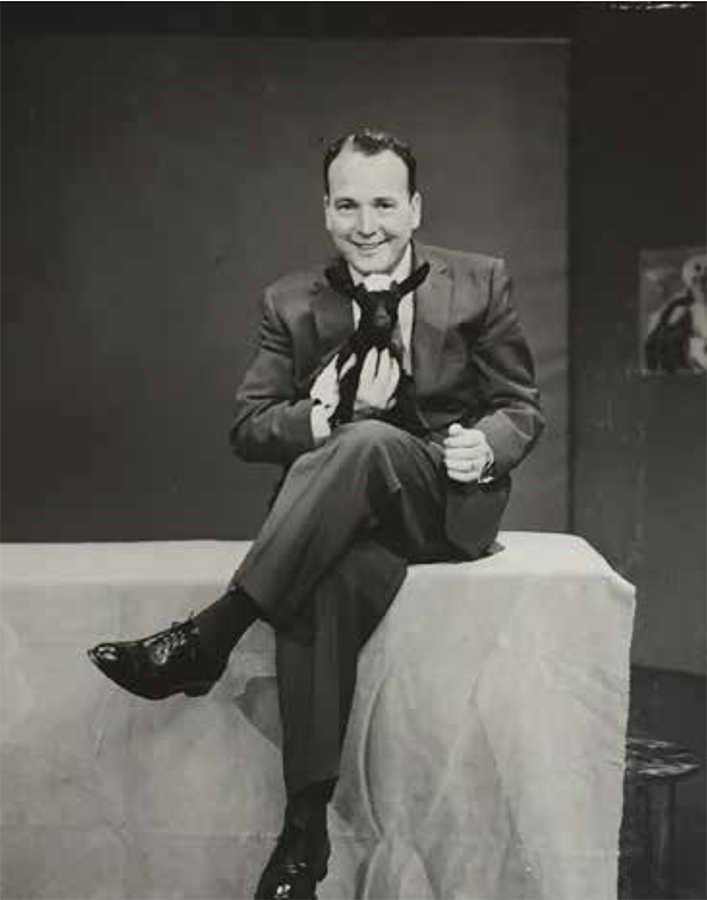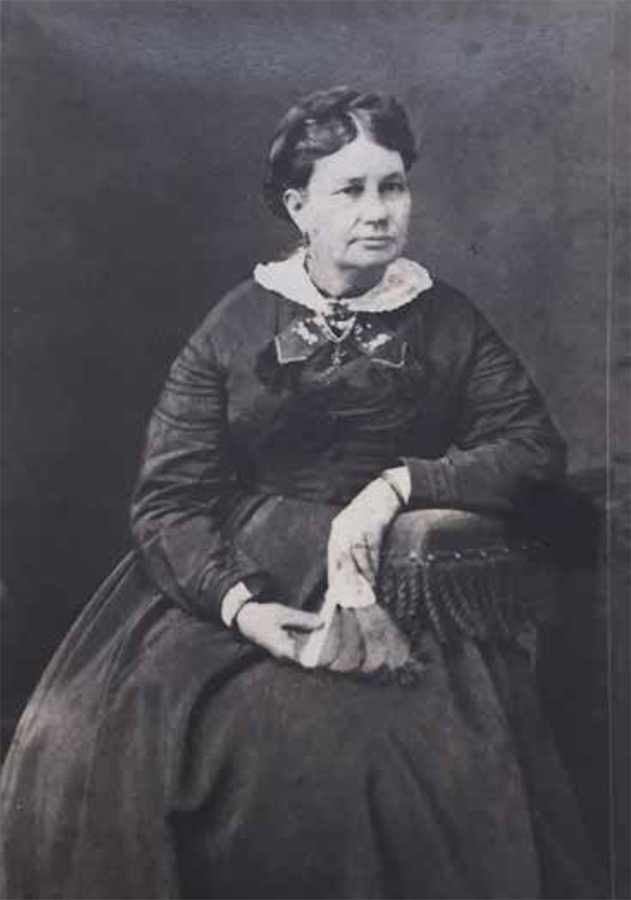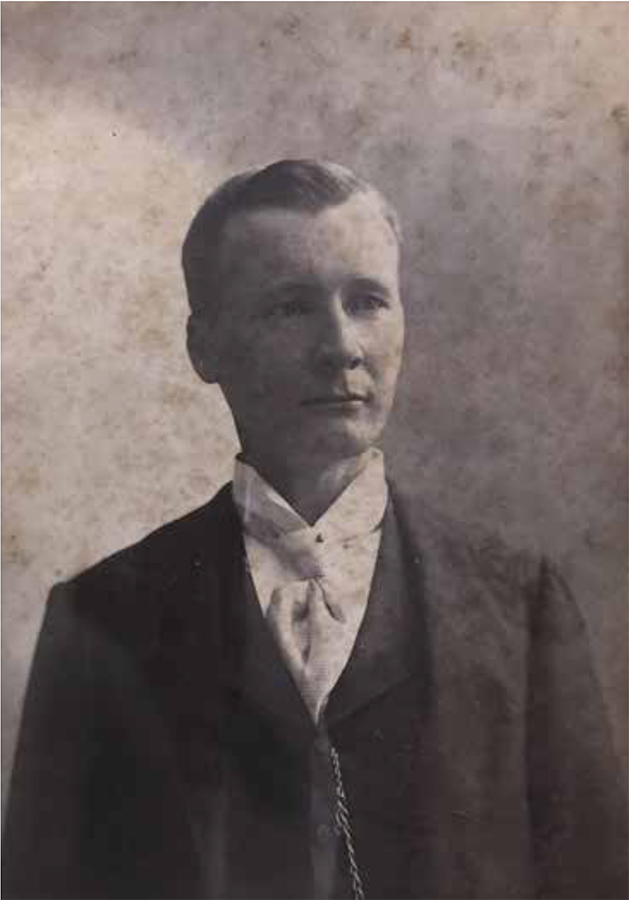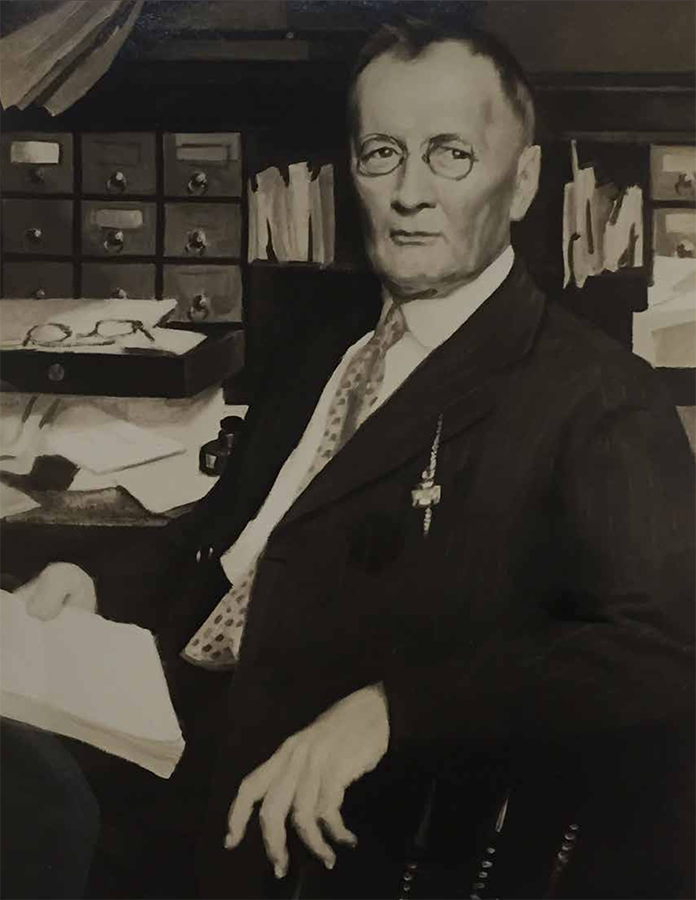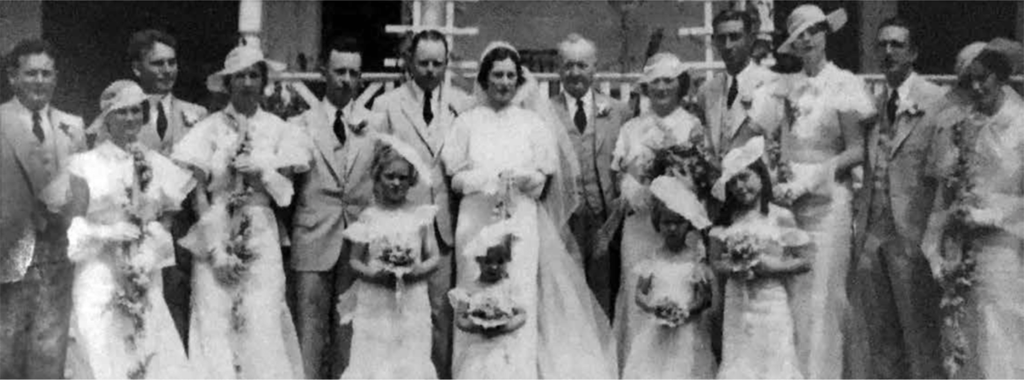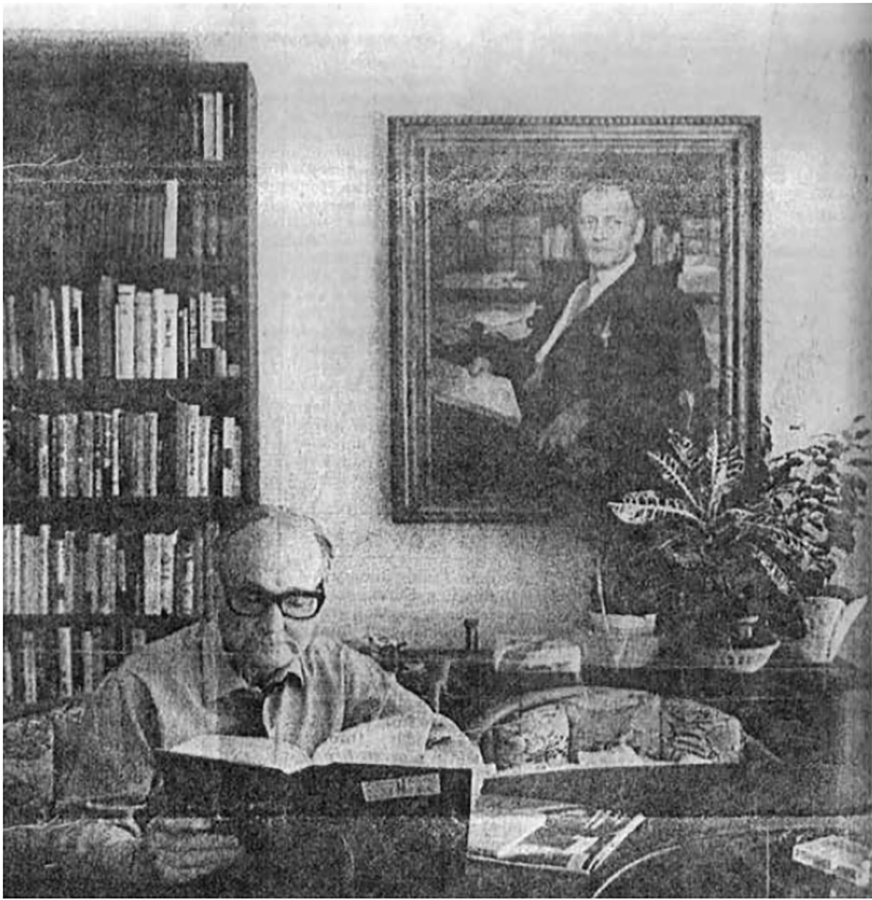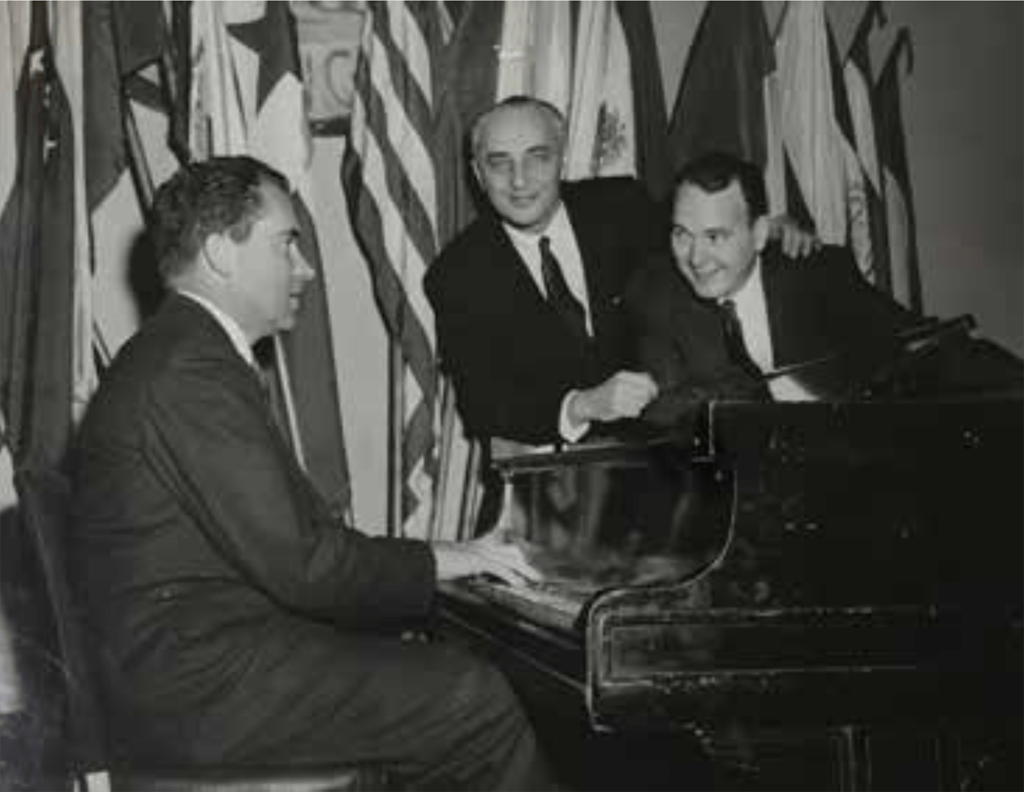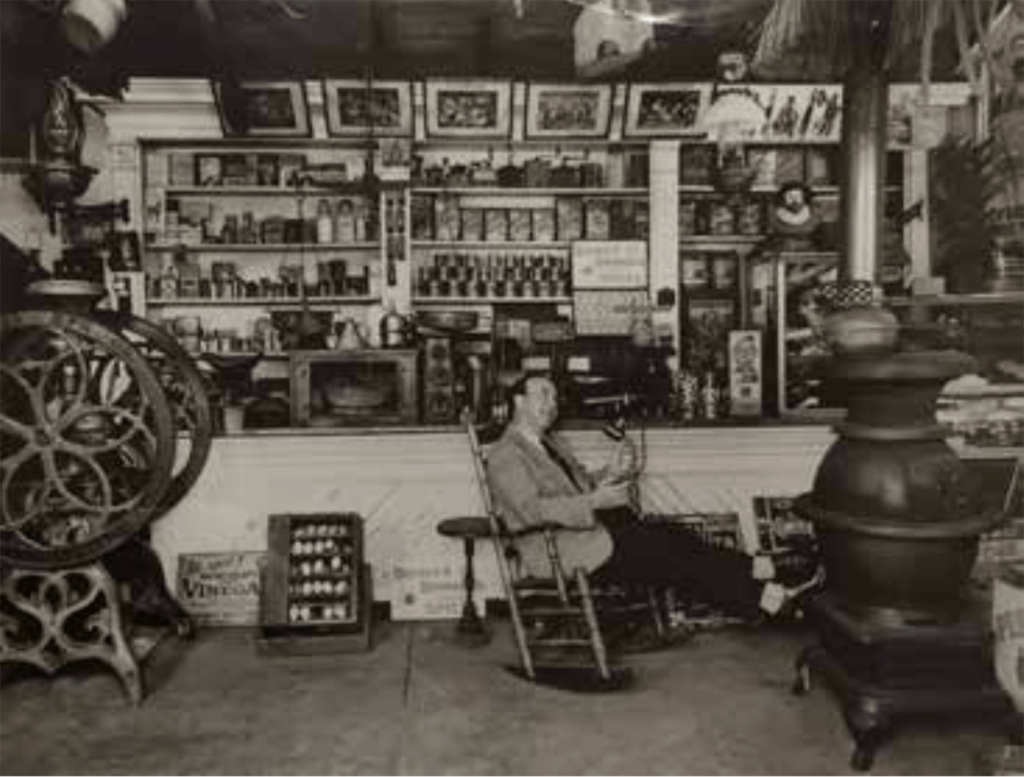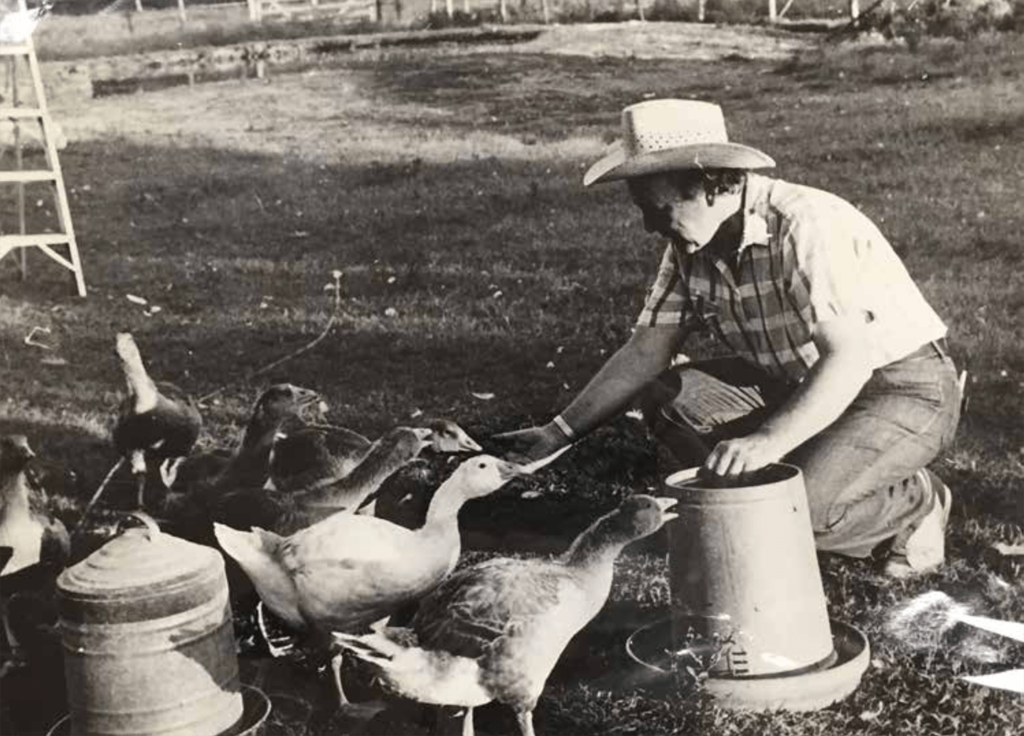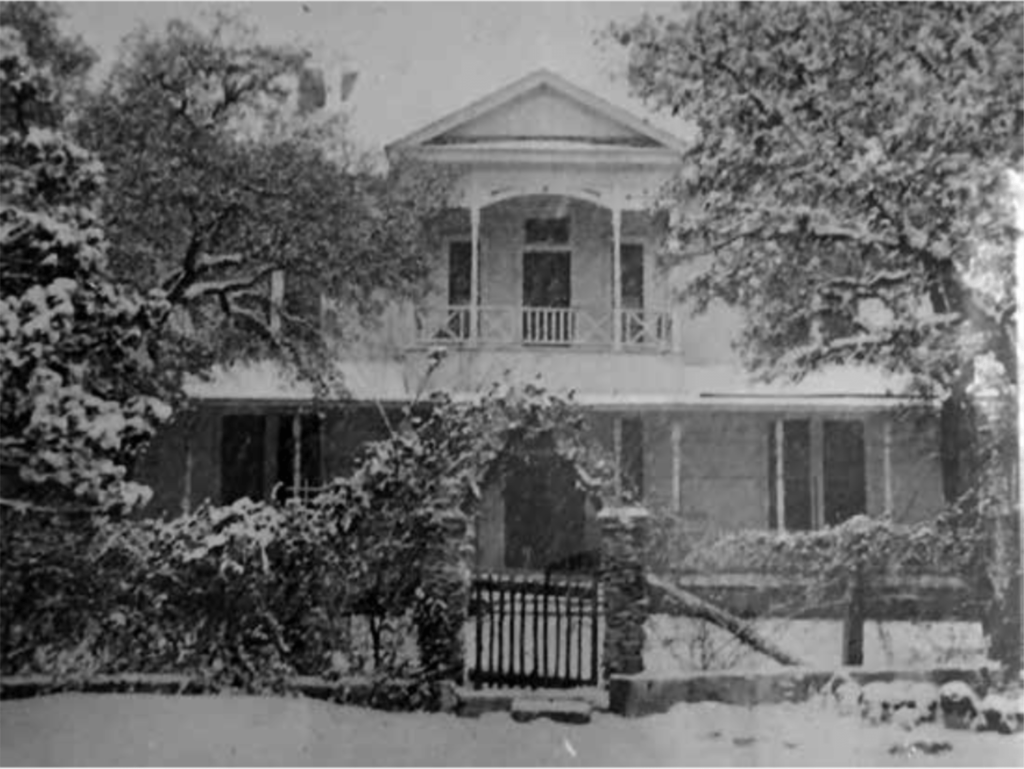About
Martha “Mattie” Faulk and her husband, Henry Faulk, moved to this old South Austin farm house in 1916. Henry was in love with the 23-acre property, along with the gardens and pastures it accommodated. Mattie and her five children were less enthusiastic as it was a long buggy ride to visit their friends in the city. However, the house soon became a beloved home as the family enjoyed the bountiful gardens and spacious porch. Evenings were spent shucking corn and snap beans while enjoying the cool twilight. Mattie traded butter and eggs for the few staples needed from the grocery store. During the Depression, the small farm provided enough dairy and produce that the Faulks were able to share food with many of their neighbors.
Mattie’s daughter, Mary, learned to love cooking for family and friends. She especially enjoyed inviting guests over and making fancy dishes to share. Mary had a natural gift for entertaining and making all feel welcome. She married Chester Koock in 1934 and moved back into the Faulk farmhouse in 1939, joining Mattie who was still living there at the time. Mattie Faulk decided to move in 1946, to live with her daughter in a home overlooking the Colorado River, near Deep Eddy.
Mary remodeled the home and began serving guests that same year. Thus, the transition commenced from the sturdy old farmhouse into a restaurant known as Green Pastures. The restaurant was an immediate success and featured not only Southern food, but honest French cuisine and other “exotic” dishes. Her talent for entertaining and preparing worldly cuisine attracted many diners who enjoyed the Southern hospitality offered here. Mary created and hosted lavish parties, wedding receptions, and grand occasions for many of Austin’s oldest families, Governors, celebrities, visiting ambassadors, and other dignitaries. She also catered many parties at the LBJ Ranch. Though Austin restaurants would not desegregate until after the Civil Rights Act became law some 18 year later, Green Pastures was open to people of all races and religions from the moment it first opened its doors to the public in 1946.


